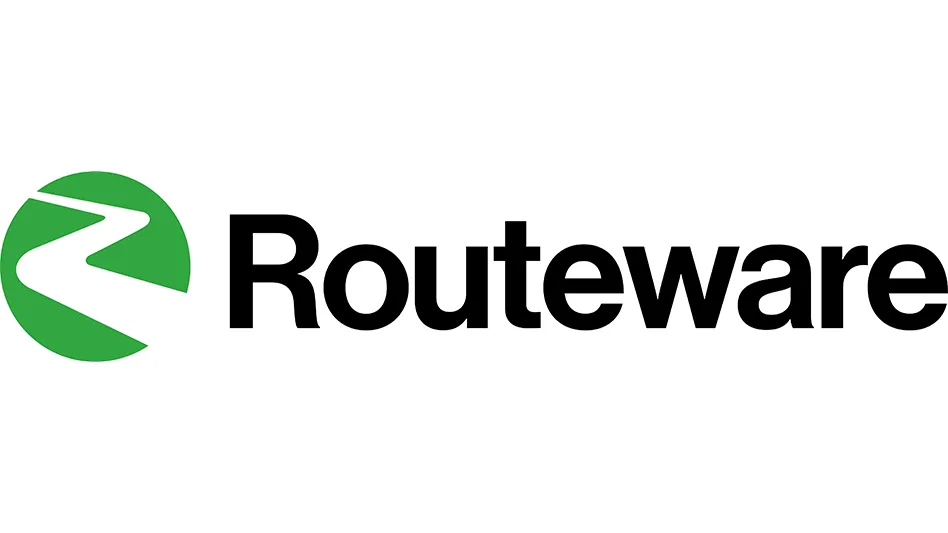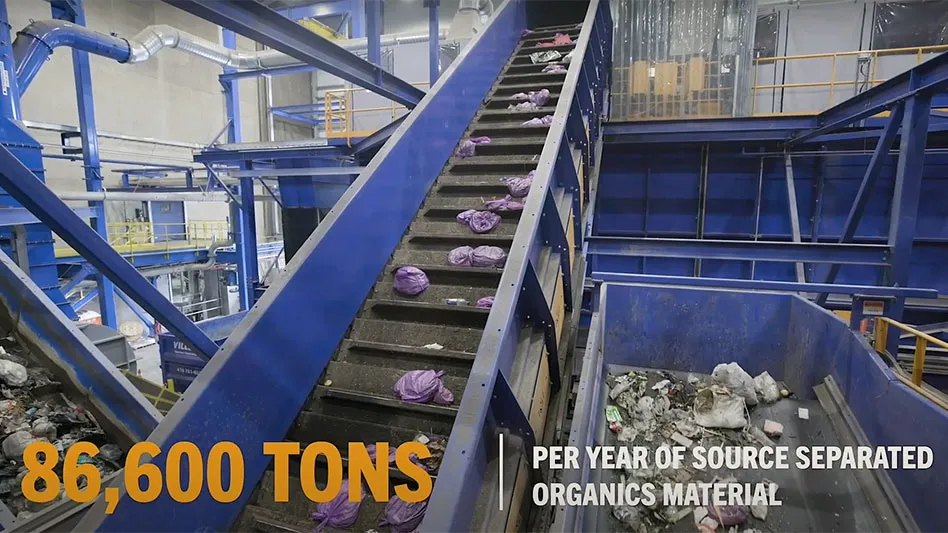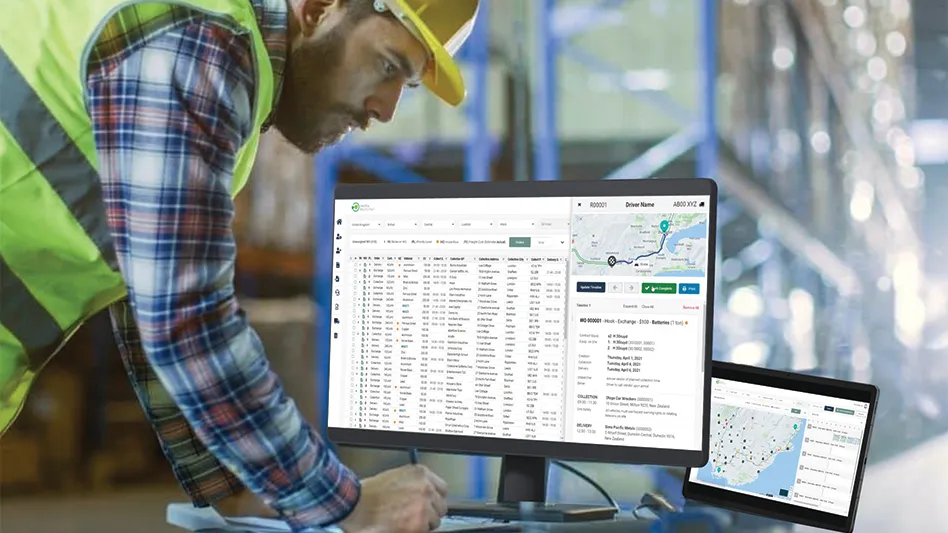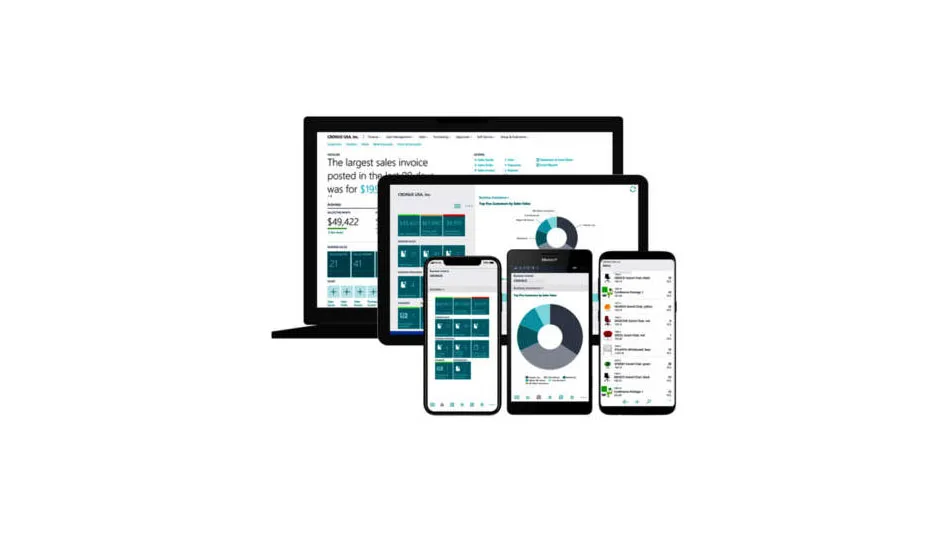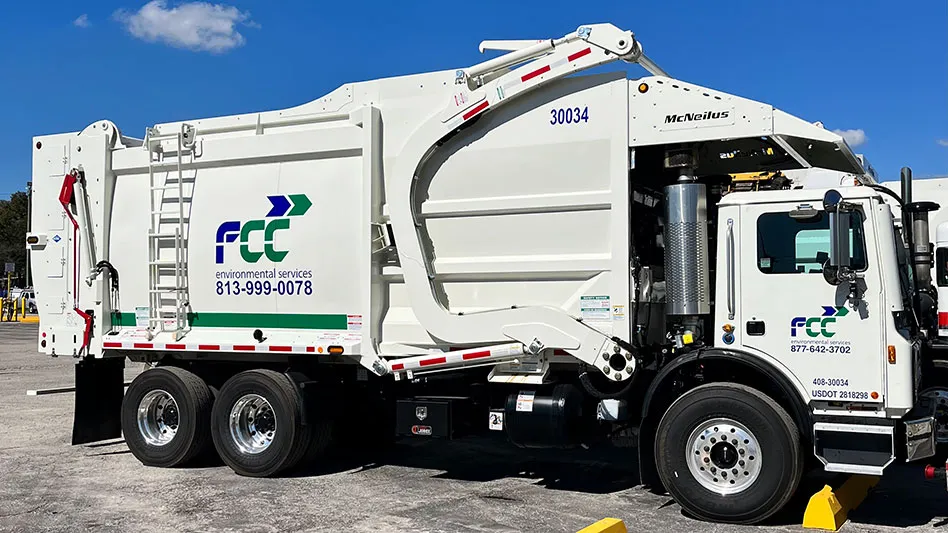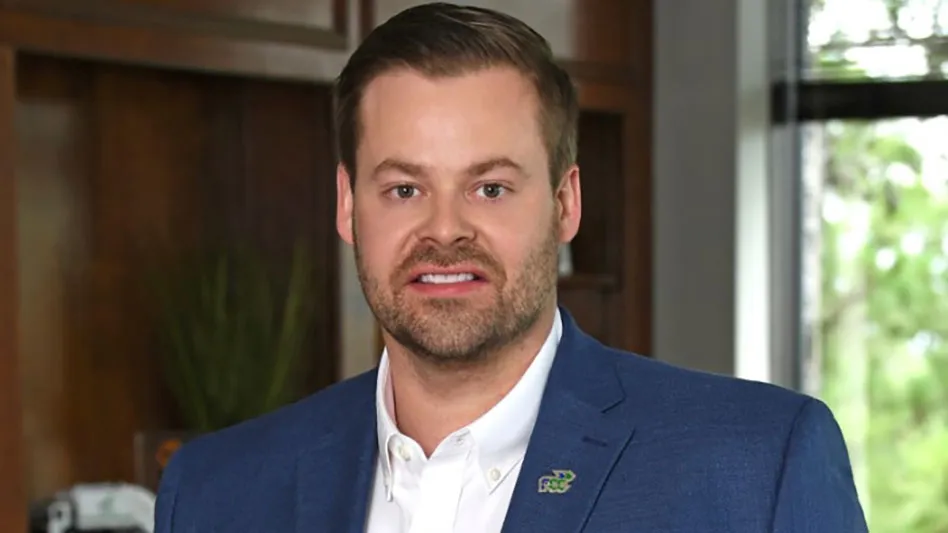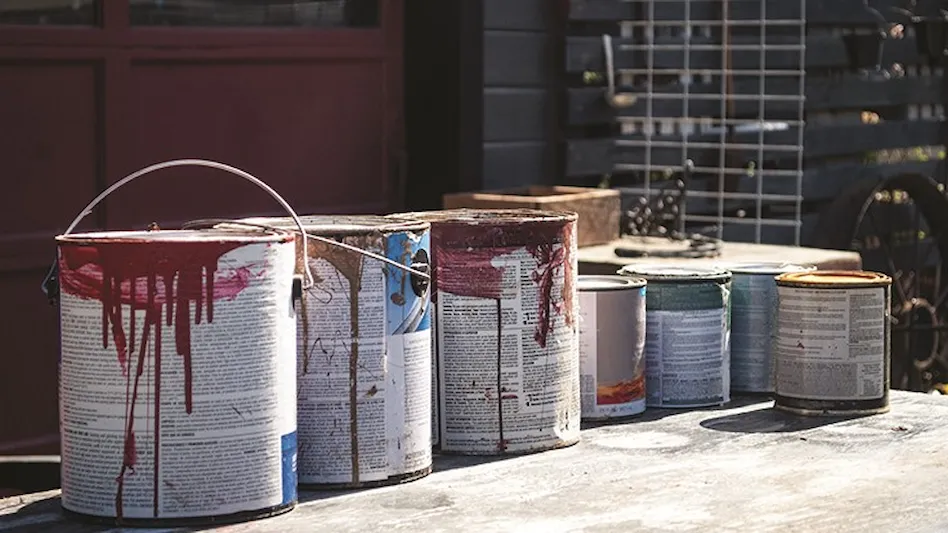
Scott Cassel first learned about the concept of extended producer responsibility (EPR) from a speaker at North American Hazardous Materials Management Association’s (NAHMMA) annual conference 20 years ago. At the time, he was the director of waste policy and planning at Massachusetts Executive Office of Energy and Environmental Affairs (EEA), where he was working to solve a financing issue for managing end-of-life products, including household hazardous waste.
“Our government did not have the money to do all that needed to be done,” Cassel says. “EPR provided an answer to our funding question.”
Cassel explains product stewardship is a broad term that relates to efforts to reduce the health and environmental impacts from the manufacture, sale and end-of-life management of consumer products. Related initiatives, such as Call2Recycle’s battery recycling program for consumers or local legislative bans on plastic bags, can be voluntary or regulatory. EPR, a subset of product stewardship, refers to legislation that extends responsibility to manage end-of-life consumer products to manufacturers and consumers.
In 2000, Cassel held the first national product stewardship forum in Boston, drawing more than 100 government officials from 20 states. The forum led to the creation of Boston-based Product Stewardship Institute Inc. (PSI), of which Cassel is the CEO and founder. For the first couple years, PSI’s representatives spoke about EPR at conferences across the U.S.
“At that time, there were very few people using the term ‘product stewardship’ and nearly nobody using the term ‘EPR,’” Cassel recalls, adding that how the program would work, who would fund it and what the results would be “are questions we had to answer at the outset. All of that and more is what we did the first couple of years.”
Cassel’s vision for PSI was to “develop a voice for state and local governments in the U.S.” and help these governments develop models to fund the management of end-of-life consumer products, which costs governments “millions and millions” of dollars per year, he says. Electronics and paint were the first products PSI focused on.
A successful model
Ten percent of all paint purchased in the U.S.—about 78 million gallons per year—goes unused. According to PSI, it costs an average of $8 per gallon to recycle, which means it “costs more than $500 million to manage” end-of-life paint in the U.S. total. In addition, about 80 percent of the paint can be recycled into new paint.
Beginning in 2000, PSI worked with the paint industry to create a paint stewardship bill, which was signed by the U.S. Environmental Protection Agency and supported by state and local governments, recyclers and paint manufacturers, Cassel says. The legislation has been passed in 10 states, including Washington, and is pending the governor’s signature in New York.
The bill is funded by an “eco-fee,” which charges consumers about 75 cents per gallon. The money goes into a fund that is managed by the industry. In addition, the states enforce legislative goals for paint manufacturers to meet that include paint collection and recycling mandates as well as education and outreach benchmarks. PaintCare Inc., a program of the American Coatings Association (ACA), now manages the stewardship program and provides services, including setting up collection sites, conducting education and reporting to government agencies.
"Our government did not have the money to do all that needed to be done. EPR provided an answer.” –Scott Cassel, CEO, PSI
“We have more than 1,700 voluntary collection sites,” Cassel says. “There’s infrastructure developed and an awareness created through education, so this is really an efficient program.”
The paint bill has led PSI to launch the International Paint Recycling Association (IPRA), the first organization to represent the recycled paint industry, which has recycled more than 30 million gallons of unused paint for residential and commercial markets. IPRA is also developing the IPRA Green Standard certification program to guarantee certified products meet stringent performance standards. The organization has also launched RecycledPaint.org to answer common questions about recycled paint and to connect consumers with recycled paint companies.
Increasing interest
In the U.S., 118 EPR laws have been adopted across 33 states. The laws cover 14 product areas, including electronics, pharmaceuticals, batteries, paint, mattresses and mercury-containing thermostats and lamps, among others. PSI has worked to develop EPR regulations on nearly 20 products.
Among the notable accomplishments the organization touts is that it developed the first national computer take-back program at Staples in 2004.
“Now those sites are all over the country and they’re part of the infrastructure with laws regarding the collection of electronics,” Cassel says. “That was a voluntary initiative.”
He adds, “The paint project was the signature success of our organization early on. It showed producers and manufacturers could come together and develop a reasonable solution with government and other stakeholders. The electronics take-back showed we could develop a solution with retailers.”
Another model PSI worked on was a pharmaceutical take-back program.

“Each product has its own challenge, and we have to figure that out with the experts—our members who are the state and local government officials around the country,” Cassel says. “For pharmaceuticals, we needed to change the federal law.”
Under the federal law, pharmaceuticals could not be collected at pharmacies or any location without law enforcement present.
“Our organization led a national effort over six years to change the federal Controlled Substances Act and also the corresponding Drug Enforcement Administration regulations to allow pharmacies to collect these controlled substances since they’re the most convenient place,” Cassel says.
For 15 years, PSI has also worked to develop EPR laws and programs to manage packaging, including single-use plastics. Cassel says the “fact that government is always stuck holding the bill” and “because there needs to be a multifaceted approach to the packaging issue,” governments are “starting to wake up to the fact that this is a problem they need to deal with.” EPR laws related to packaging and plastics passed this year in Maine, Vermont and Washington. Bills were also introduced in Massachusetts, Indiana, Connecticut and California, Cassel says.
“There’s increasing interest in EPR, and there will be interest, I hope, from producers and manufacturers to sit down and work on a program that works for them,” he says.
Continuing the momentum
Today, various nonprofits and associations, including the Northeast Recycling Council and the National Waste & Recycling Association, are involved with the development of new product stewardship and EPR legislation.
“When we started, we could not get groups except the Silicon Valley Toxics Coalition to participate in our EPR efforts,” Cassel says. “They didn’t have the capacity for it. Now, these groups are key lobbyists. They’re our partners. We work with them to help pass legislation, so that’s a huge change.”
Reflecting on the past 20 years, Cassel says PSI, along with the organization’s partners, has been “largely responsible for building the capacity” for product stewardship and EPR legislation in the U.S. The goal now is to “continue the momentum” and create “framework” EPR models. Maine is one of the leading states in the movement, ranking within the top three states with the most EPR laws passed every year.
“Given the thousands of consumer products sold today, achieving comprehensive, successful EPR programs for a broad array of products and waste streams is an uphill battle if we are to pursue it one product at a time,” Cassel says. “A framework legislative approach establishes a consistent and comprehensive process for creating and passing new EPR laws that follow best practices based on years of experience.”
This article originally ran in the September issue of Waste Today. The author is the digital editor for Waste Today and can be contacted at kmaile@gie.net.
Latest from Waste Today
- Bioenergy Devco honored at SEAL Awards
- AMCS showcasing Performance Sustainability Suite at WasteExpo
- New Way and Hyzon unveil first hydrogen fuel cell refuse truck
- NWRA honors award recipients during annual breakfast at WasteExpo
- Rubicon selling fleet technology business, issuing preferred equity to Rodina Capital
- Machinex to feature virtual tour of Rumpke MRF at WasteExpo
- Reworld releases 2024 sustainability report
- Novolex invests in Ozzi
